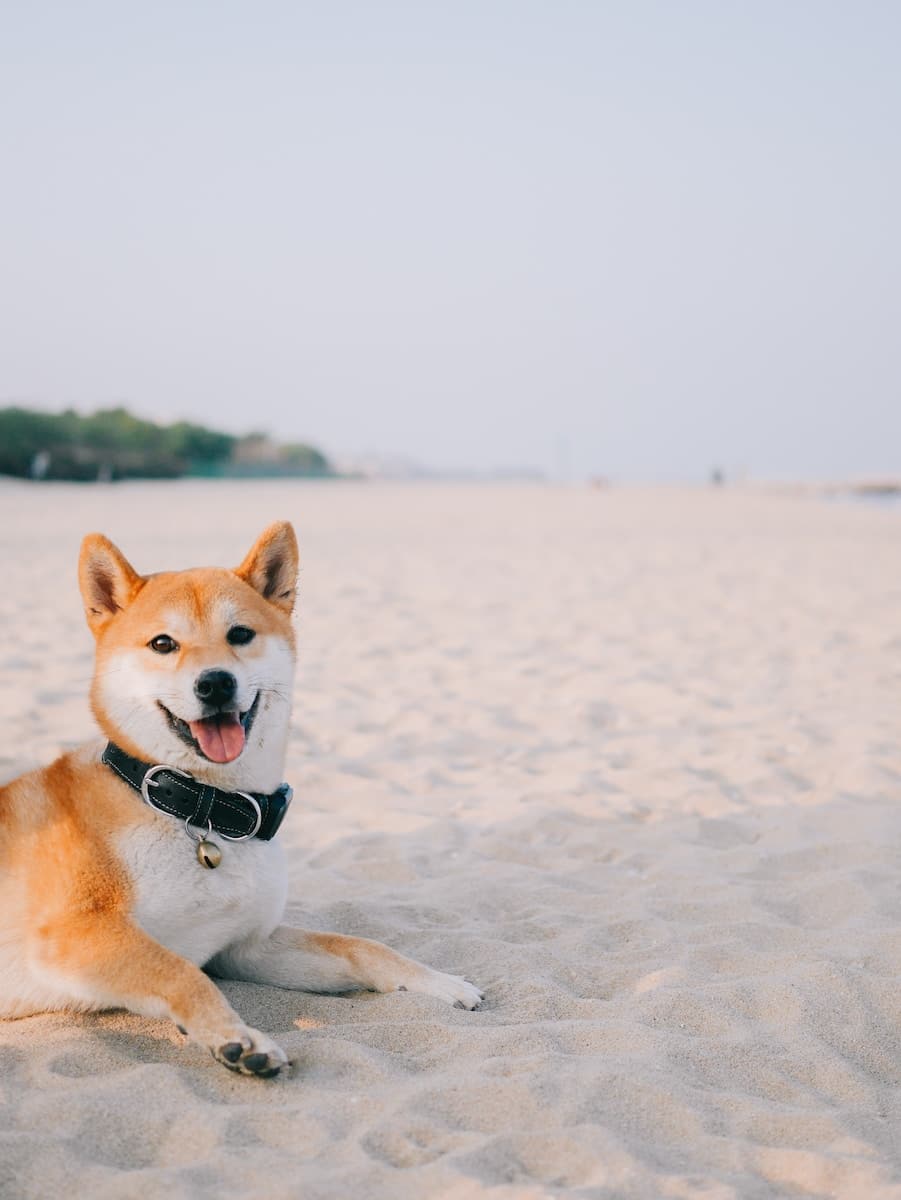
Jumping can be one of the most challenging behaviors to correct in dogs. Whether you’re a seasoned dog owner or a first-time puppy parent, the sight of your four-legged friend leaping onto guests can cause both embarrassment and concern. While dogs jump to greet or seek attention, it’s essential for their safety and the comfort of others that they learn to curb this behavior. In this article, we’ll delve into effective methods to train your dog to stop jumping on people, ensuring harmonious interactions and a well-behaved canine companion.
Before diving into training techniques, it’s critical to comprehend the root of jumping behavior in dogs. Dogs are inherently social animals, and jumping is a natural action for them, often stemming from excitement or the desire to be closer to our faces—a greeting method in canine language.
A lire aussi : How to choose the right pet sitter?
Nevertheless, allowing this behavior can lead to complications, especially when dogs jump on children, the elderly, or individuals who are not fond of dogs. The key is to teach your dog that keeping all four paws on the ground is more rewarding than jumping up.
Jumping can also be a sign that your dog is seeking control or testing boundaries. It’s important to establish yourself as the pack leader. Consistent, positive reinforcement training will help in achieving this, making it clear to your dog that jumping is not an acceptable form of greeting.
Lire également : Essential gear for hiking with your dog
Training your dog to stop jumping requires patience, consistency, and positive reinforcement. Here are some strategies that can help:
One of the most effective ways to prevent jumping is to teach your dog an incompatible behavior, such as sitting. When your dog understands that sitting results in a reward, they will be less likely to jump up.
Start by practicing the "sit" command without distractions. When your dog masters this, begin asking for a sit when greeting them. Always reward your dog with treats and praise for complying, reinforcing that keeping all four paws on the ground is a favorable action.
Dogs often jump to get our attention. If you react to jumping—whether it’s with petting or reprimanding—you’re giving your dog what they want. Instead, turn your back and ignore your dog when they jump. Wait until they settle down, then give them attention. This teaches your dog that calm behavior garners your interest, not jumping.
When expecting visitors, keep your dog on a leash. This gives you control over their movements and prevents them from jumping on guests. If your dog attempts to jump, gently pull back on the leash and command them to sit. Once they comply, reward them with a treat. Over time, your dog will associate guests’ arrivals with the need to sit calmly for a reward.
Enlist the help of friends or family to simulate greeting situations. Have someone approach the door while your dog is on a leash. If your dog tries to jump, use the leash to guide them into a sit, then reward. Repeating this with various people will help generalize the behavior.
For some dogs, jumping is a response to overstimulation. Help your dog learn to manage their excitement by exposing them to various environments, people, and other dogs. Socialization can reduce the novelty of new encounters, making your dog less likely to jump in excitement.
Training a dog to stop jumping isn’t solely about responding to the behavior. It also involves preventing the behavior from becoming a habit.
The atmosphere of your home can influence your dog’s behavior. A chaotic environment may stimulate your dog and make them more likely to jump. Aim to create a peaceful setting, particularly when guests arrive, to keep your dog’s excitement levels in check.
Everyone in the household must adhere to the same rules regarding your dog’s behavior. If one person allows jumping while another discourages it, your dog will receive mixed signals, hindering their training progress.
When training your dog not to jump, limit their interactions with people who encourage the behavior. Explain to visitors and family members the importance of not rewarding your dog for jumping. With consistent management, your dog will learn that calm greetings are universally expected.
Ensuring your dog gets plenty of exercise can also reduce jumping behavior. A well-exercised dog is usually calmer and less likely to seek out excess attention through jumping.
Positive reinforcement is crucial in training your dog to stop jumping. It’s the process of rewarding desired behaviors, which encourages your dog to repeat those behaviors.
Always reward your dog for displaying calm behavior around people. Whether it’s a treat, verbal praise, or a favorite toy, positive reinforcement makes it clear to your dog that they’re doing the right thing.
Treats are an excellent training aid, but it’s vital to use them correctly. Only give treats when your dog is displaying the behavior you want to encourage—such as sitting or standing with all four paws on the ground.
As your dog becomes more consistent in their behavior, gradually reduce the frequency of treats and replace them with other forms of praise. This ensures that your dog doesn’t rely solely on treats to behave appropriately.
Training a dog to stop jumping on people takes time and effort, but with the proper techniques and a consistent approach, it’s an achievable goal. By understanding why dogs jump, utilizing effective training strategies, ensuring prevention, and consistently using positive reinforcement, you’ll guide your dog toward more desirable behaviors. Not only will this lead to a more polite pooch, but it also enhances the bond between you and your canine friend, creating a respectful and loving relationship that respects everyone’s privacy policy on personal space. Remember that every dog is different, and what works for one may not work for another. Stay patient, be persistent, and celebrate the small victories on the road to a jumping-free greeting.